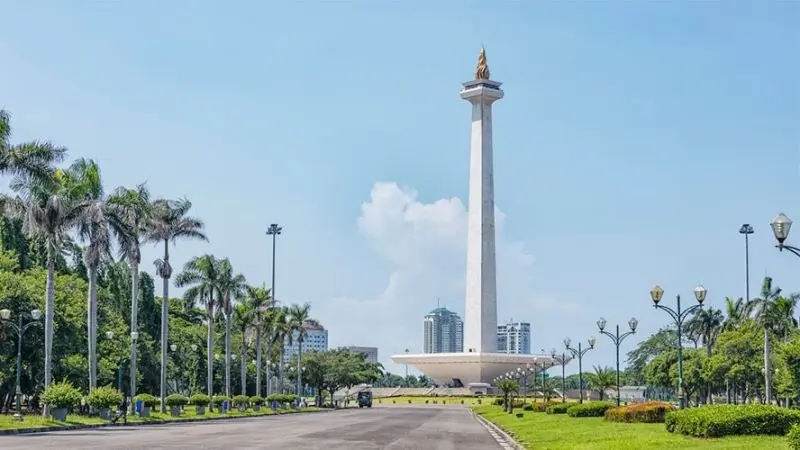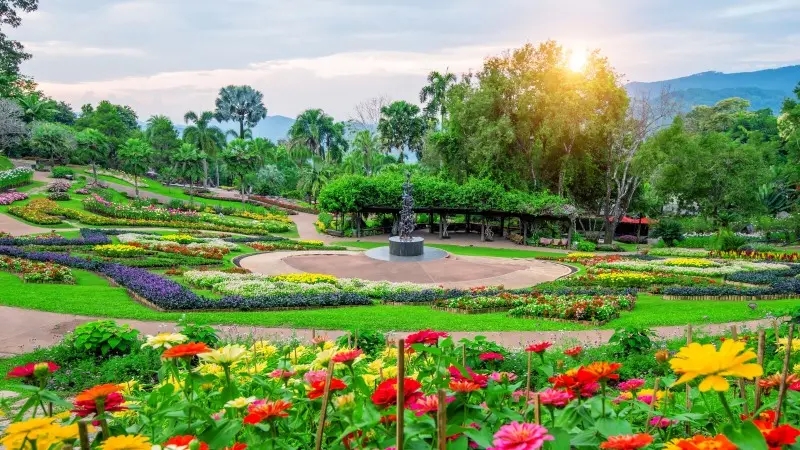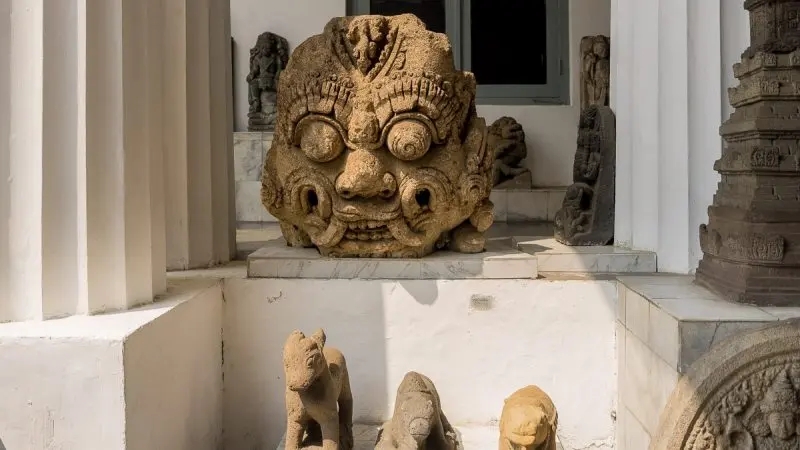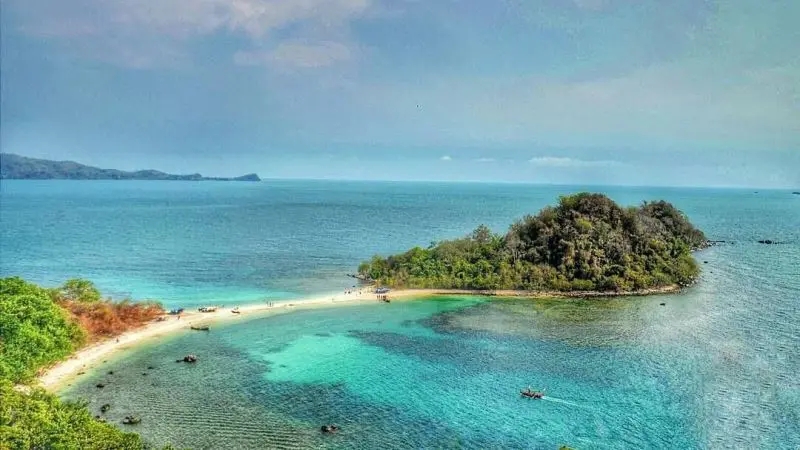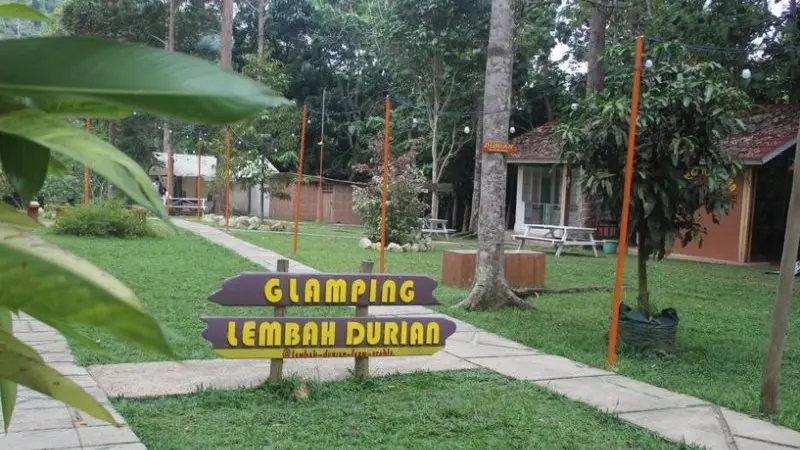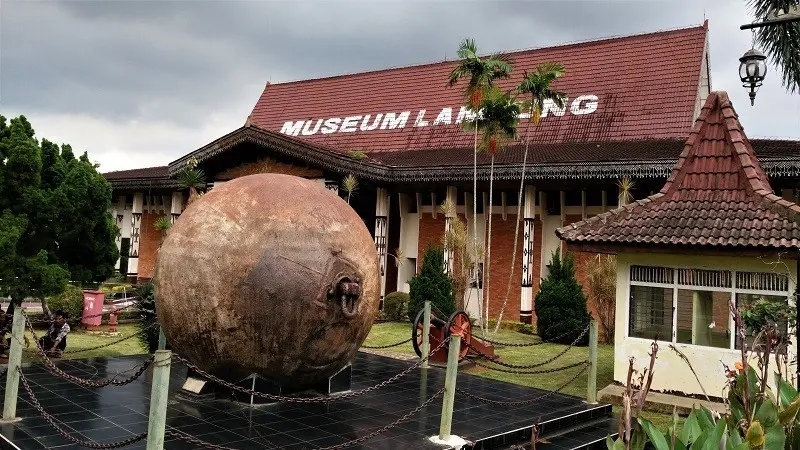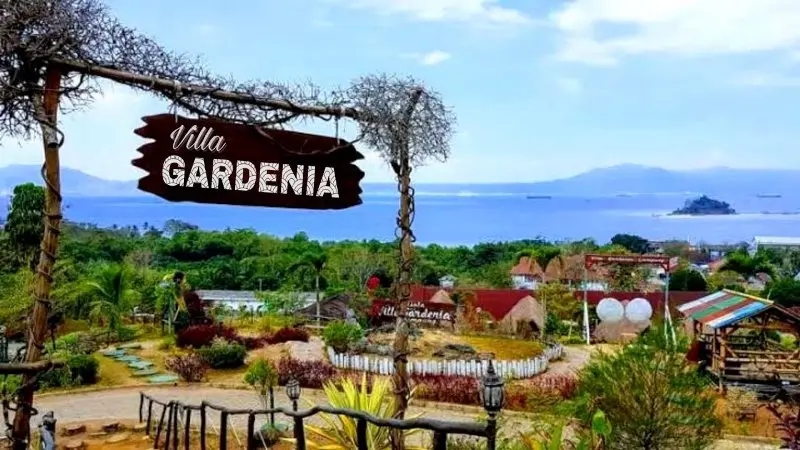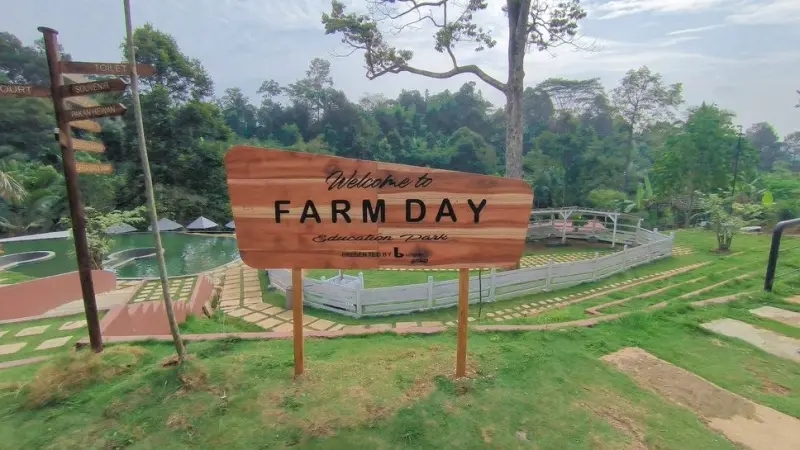In the heart of Indonesia’s bustling capital city, Jakarta, stands the National Monument, locally known as Monas (Monumen Nasional).
This towering structure is more than just an architectural marvel; it’s a potent symbol of Indonesia’s fight for freedom and its triumph over colonial rule.
Monas is not only a must-visit landmark for tourists but also a source of pride and inspiration for the Indonesian people.
The History and Significance of Monas
The National Monument was erected to honor Indonesia’s quest for freedom from Dutch colonial domination. The idea for the monument was proposed by Indonesia’s first President, Sukarno, and the construction began in 1961.
It was officially opened to the public in 1975. Standing at 132 meters, Monas is topped with a flame coated in gold leaf, representing the spirit and resilience of the Indonesian people.
Architectural Design and Structure
The design of Monas is rich in symbolism. The monument’s base is shaped like a square, symbolizing masculinity, while the towering pillar represents femininity, together reflecting the philosophy of balance in Indonesian culture. The golden flame at the top signifies the fiery spirit of Indonesians’ struggle for freedom.
The Observation Deck and Museum
Visitors to Monas can ascend to the observation deck at the top, which offers panoramic views of Jakarta’s skyline.
Below the monument is a museum that chronicles Indonesia’s fight for independence through a series of dioramas. These exhibits provide a compelling visual narrative of the country’s turbulent history and the road to sovereignty.
The Surrounding Park
Monas is set within Merdeka Square, a vast green space in the center of Jakarta. The park around the monument is a popular spot for locals and tourists alike, offering a serene escape from the city’s hustle and bustle.
It’s a place where families come to relax, and where various cultural and national events are held.
The Flame of Independence
One of the most striking features of Monas is the flame at its peak, made of bronze and covered with 35 kg of gold leaf. The flame is a representation of the Indonesian people’s spirit and their burning desire for freedom, making it a beacon of inspiration and nationalism.
Visiting Monas
Monas is accessible to visitors, with the option to tour the museum and take an elevator to the observation deck. The best time to visit is early morning or late afternoon when the weather is cooler, and the views from the top are most clear.
A Symbol in the Heart of Jakarta
Located in Central Jakarta, Monas is not just a city landmark; it’s a national symbol. It’s surrounded by important government buildings and is a focal point for many national celebrations, including Independence Day festivities.
Educational and Cultural Significance
For students and history enthusiasts, a visit to Monas is an educational journey through Indonesia’s past. The monument and its museum play a crucial role in preserving the nation’s history and educating future generations about the sacrifices made for independence.
Conclusion
The National Monument stands as a proud reminder of Indonesia’s journey to becoming a sovereign nation. It symbolizes the unity and strength of the Indonesian people in their struggle for freedom.
A visit to Monas offers a deep understanding of the country’s history, culture, and national identity, making it an essential experience for anyone traveling to Jakarta.
